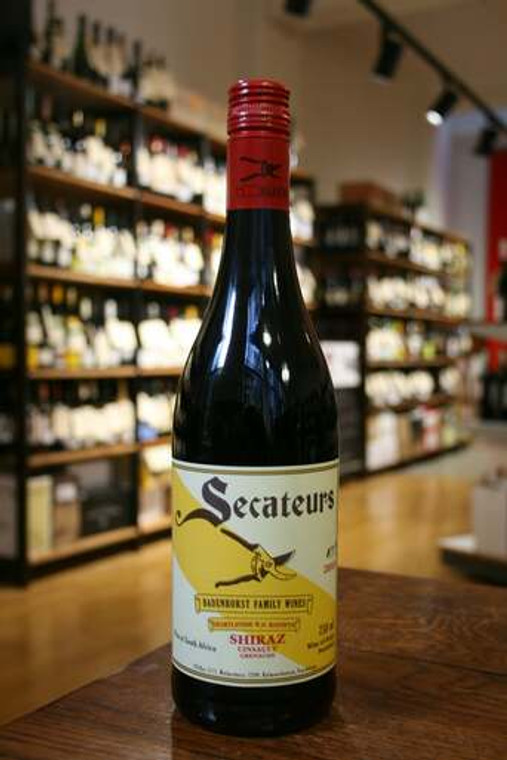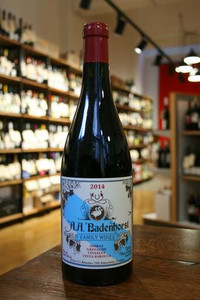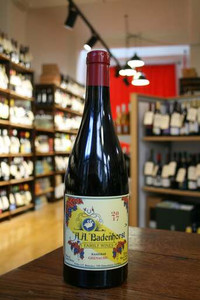"The aromas are perfumed, peppery, spicy, smokey & exhibit ripe red fruit notes. Supple, smooth on entry but with enough grip to end dry and refreshing. In the mouth the texture & fineness of tannin and drinkability of the wine is immediately evident" 56% Shiraz, 23% Cinsault and 21% Grenache. "Don't drink and walk on the road, you may be killed!"
--------THE PRODUCER--------
AA Badenhorst
AA Badenhorst Family Wines are grown, made and matured on Kalmoesfontein farm in the Swartland appellation of South Africa. The 28ha of old bushvines grow in the Siebritskloof part of the Paardeberg mountain.
The property is owned by the baie dynamic and good looking cousins Hein and Adi Badenhorst. They are originally from Constantia. Their grandfather was the farm manager of Groot Constantia for 46 years. Their fathers were born there and farmed together in Constantia, during the days when people still ate fresh vegetables and Hanepoot grapes, drank Cinsault and there were a lot fewer traffic lights and hippies still had a presence. Together these two have restored a neglected cellar on the farm that was last used in the 1930s to make wines in the traditional manner.

--------THE GRAPE--------
Rhone Red Blend
The Rhone Red Blend is often known as the GSM blend whereby the three main grapes are Grenache, Syrah and Mouvedre. In actuality there can be up to 13 grapes made into this blend, by law, in the southern Rhone Valley. You can have lighter and more floral versions of the Rhone Red Blend or have bolder and oakier versions depending where in the world it is made.
--------THE REGION--------
Swartland
The Swartland is a region of Western Cape Province that begins some 50 kilometres north of Cape Town and consists of the area between the towns of Malmesbury in the south, Darling in the west, Piketberg in the north, and Riebeek Kasteel in the east. Jan van Riebeek, the first Colonial Administrator of the Dutch Cape Colony (South Africa), called this softly undulating country between the mountain ranges "Het Zwarte Land" (the Black Land) because of the endemic Renosterbos (Elytropappus rhinocerotis). After the rains, mainly in winter, the Renosterbos takes on a dark appearance when viewed from the distance in large numbers. This is due to the fine leaf-hairs adhering to the leaves when wet. The wide fertile plain is the bread basket of the Cape with its wheat fields reaching up to the foot of the mountains, interrupted by wine, fruit, and vegetable farms. It is particularly well-known for wines produced from very old, bush vines. The winemakers who have made this their home in the past 10-15 years have set the world alight with their complex red and white blends and single-varietal (especially Rhone and Chenin Blanc) wines.










